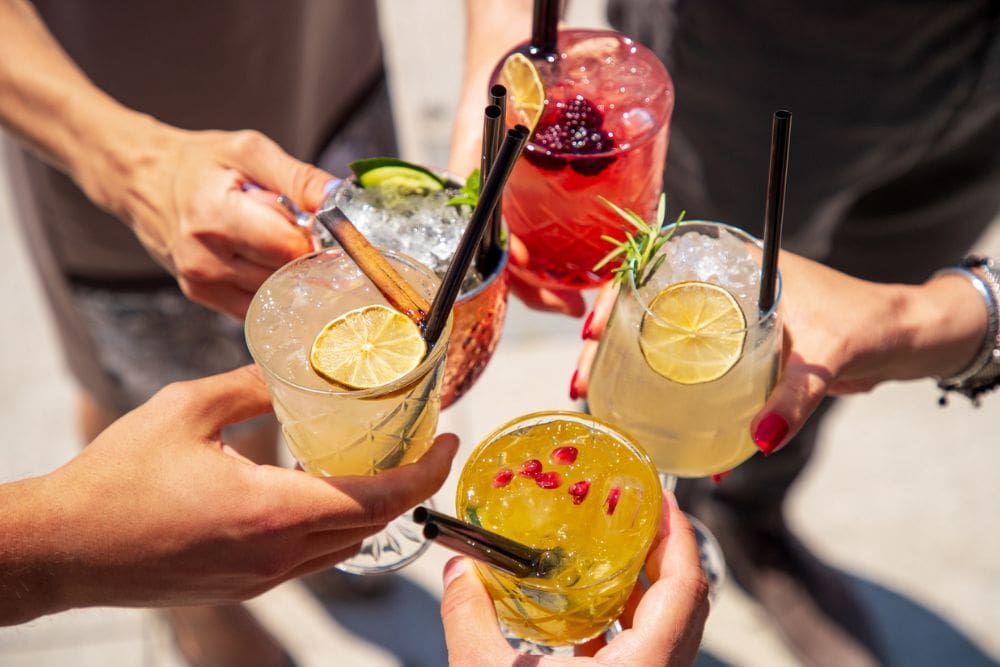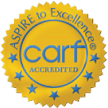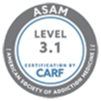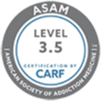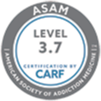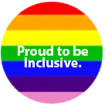Imagine this: flashing strobe lights; pounding electronic music with an upbeat, bubbly base; people dancing energetically all around you; happiness, laughter, a buzz in the air.
You’re in a crowded club, it’s pre- or post-pandemic (take your pick), and life is good.
In fact, life is too good. Life isn’t normally so good. The reason for this overwhelming goodness?
Well, you’ve taken one of the following club drugs:
- GHB
- Rohypnol®, commonly referred to as Roofies
- Ketamine
- MDMA, commonly known as Ecstasy
- Methamphetamine
- LSD, commonly known as acid
Perhaps you’ve heard of all of these drugs. Perhaps none are familiar to you.
In today’s post, we’ll look at each of these drugs and what they do. We’ll see how each one’s chemical makeup creates quite the allure for its users, and just how dangerous or benign that allure can be.
GHB or Gamma-hydroxybutyrate, is a sedative that many people take legally for narcolepsy or other sleep disorders. One of the main side effects of GHB is euphoria, making it the drug of choice for those who want to enhance their happiness levels at parties (or at home).
Rohypnol, or Roofies, is also a sedative and similar in chemical makeup and effect to Valium or Xanax. It can cause blackouts, amnesia, muscle relaxation, and drowsiness. Often, it’s been tied to sexual assault cases where criminals “roofie” their victims in clubs or bars without their knowledge with intent to sexually assault them after the drug has taken effect. For non-criminal users, Rohypnol is taken for its relaxing effects in the club environment.
Ketamine is a surgical anesthesia for both people and animals. Side effects can include dream-like states and/or hallucinations, which makes it attractive to people who want their environment to look and feel more “trippy,” or visually stimulating.
MDMA, Ecstasy or 3,4-methylenedioxy-methamphetamine is a synthetic drug that functions similarly to hallucinogens. It may be the most apt club drug in that it produces euphoria, energy, pleasure, warmth, and changes in temporal and sensory perception. This type of effect greatly enhances the ‘club experience’ or ‘vibe’ during a night out.
Meth is a powerful stimulant used to legally treat ADHD and some sleep disorders. Mainly, in the club context, it increases physical activity at impressive rates. A person can dance or move for hours non-stop after taking meth. For people who love to dance, meth is one very seductive club drug choice.
Essentially, the allure with any and all of these drugs is their ability to enhance and prolong the experience that a club provides: the lights, the dancing, physical and social connection, the happiness, and the sense of fun.
The danger of club drugs comes with repeated use that leads to dependency, and in the mixture of any of these drugs at one time.
It’s interesting to note that club drugs may fall under the category of ‘experimental drugs.’ These can be described as drugs that young people try as they’re exploring their own identities, likes, and dislikes. For people in this demographic, using these drugs experimentally and without much knowledge of how they work can be dangerous. They may have no idea how their bodies react to the drug. Also, mixing the drug with other non-club drugs or alcohol can be disastrous.
Additionally, if a young person is already using drugs and alcohol, using club drugs frequently may start to seem normal. This can lead to problems like substance abuse, addiction, and crime.
Of course, not all users of club drugs become addicted to them, and not all users and abusers of club drugs are young people at parties. And, although there has been a decrease overall in club drug usage since 2000, they’re still widely used and popular in the United States.
At St. Gregory’s Recovery Center, we do not encourage the use of any of the aforementioned club drugs for recreational use. No drug should be taken without medical supervision and permission. That said, if you are finding yourself stuck in a cycle of club drug abuse, we will not judge. Addiction can happen to anyone, at any time. We’re here to accept and support you in both our Recovery and Outpatient programs.
Depending on your situation, one program may be more fitting to your needs than another. Our team of professionals will help you determine which level of treatment is right for you. Don’t hesitate to reach out to us today.




